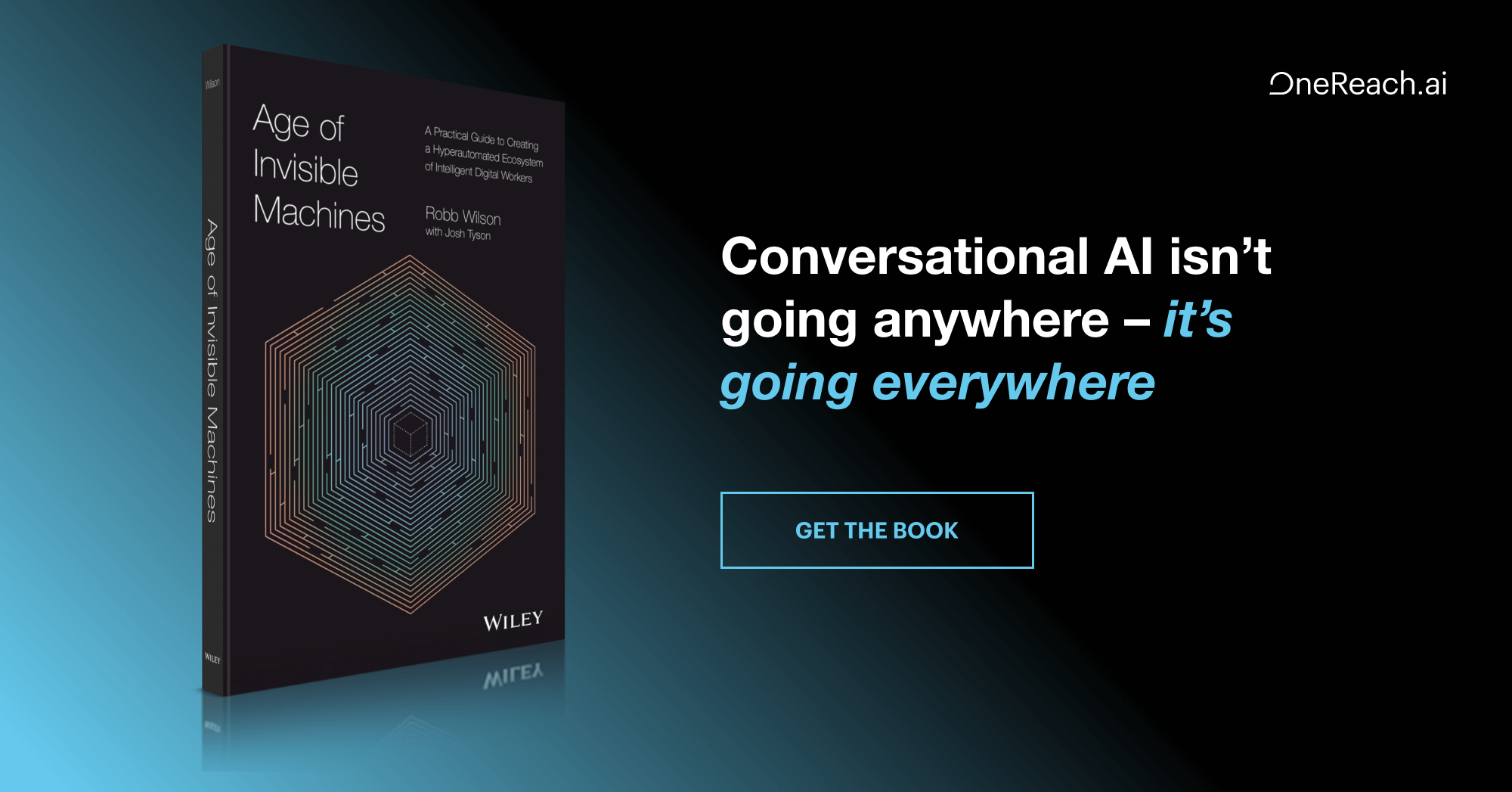A May 2011 study shows that 78 percent of business and IT executives plan to officially deploy tablets by the end of 2013, yet only 51 percent have adopted a strategy for tablet use. The majority (83 percent) plans to deploy iPads, primarily because of its widespread popularity. As a result, Android-based tablets have begun to tout that they are designed for enterprise deployment in an attempt to differentiate their platform.
This choice of the iPad for business use remains consumer-driven. So far, most employees using iPads as part of their job are just trying them out; there is still a certain sense of novelty in this highly portable device. The great appeal of the iPad is its intuitive, user-friendly interface. A two-year-old can quickly learn to play iPad games and navigate the device.
The conventional computing paradigm for businesses, as well as for most homes, is a desktop computer, maybe a laptop for mobility, and a smartphone. To fully take advantage of the emerging paradigm that places tablets (primarily iPads) in the office, new software strategies are required. The fundamentally complex software served up on desktops and laptops is far too cumbersome in a tablet environment. Successful tablet deployment in the enterprise will require smaller, more specific touch-enabled solutions and tablet-tailored applications.
Not a Hardware Problem
Currently, any function where mobility is a requirement is a potential fit for tablet adoption. Reporting and information facilitation are obvious targets. The entire media industry is keen on monetizing this new platform. Newspapers have struggled online because of the click-through model rather than premium advertisement placement, and they are eager to change that.
Other industries see the tablet as just an extension to their current offering. There’s nothing wrong with that—until one of their competitors shows off a tablet-specific solution. Then you’ll see panic ensue.
Current tablet technology only allows for a subset of the computing power used in high-end desktops. For example, image processing of the kind professional UX designers work with is not possible yet on tablets. Other industries cannot switch to a tablet environment any time soon; for example, industries dependent on ERP or heavy data input, or purchasing and HR, must rely on keyboards or other input devices. The touch-based UI, which lets users perform tasks with just their fingertips, is the great appeal of tablets, but it would be too cumbersome for these data entry applications. Voice technology might bridge the gap some day.
Hardware, however, is not the primary problem keeping tablets from widespread adoption in the enterprise. A bigger obstacle is that most business software solutions (think Oracle) are simply too complex. The power of tablet computing is that it is simple and intuitive. Yet many enterprise solutions are so overloaded with features—some of them unnecessary or seldom used—that they cannot be easily ported to a tablet.
In short, blindly trying to adopt existing products and software to the tablet space will not succeed. Tablet technology will continue to be disruptive until feature-reduced solutions are widely available.
How to Spur Enterprise Adoption
In the same study mentioned earlier, 42 percent of IT respondents said that business stakeholders do not understand the need for additional development in order to successfully enable enterprise applications on iPads and tablets. This is where high-quality UX design could play a major role in boosting enterprise adoption of tablets.
Beginning in Q1 of 2011, Gartner added iPads and other tablets to its computing hardware spending estimates. Analysts forecast a spending increase on media tablets of an annual average rate of 52 percent through 2015.
The form factor of a tablet and the usage patterns of end users require a very tailored user experience, one that showcases just a fraction of the functionality of a rich desktop application or Web application. That makes them a powerful option because people already understand the applications and can easily adapt to a new format of an old solution. Again, it all comes back to good UX design.
Evaluate the types of tools you are using. If the productivity software or any other package you are using will be “just” ported and launched in a web browser, then you might want to stay away from adopting that application for tablet usage. So if you are in purchasing and you have an order entry system that relies on the user to enter orders through keyboard input, that will not work on the tablet efficiently.
But any type of software that has been specifically designed for tablet space will be a good fit for enterprise adoption. We will soon see an increase in workflows that are perfectly suited for the tablet environment—ones that are simple, intuitive and have only a few features per solution.







